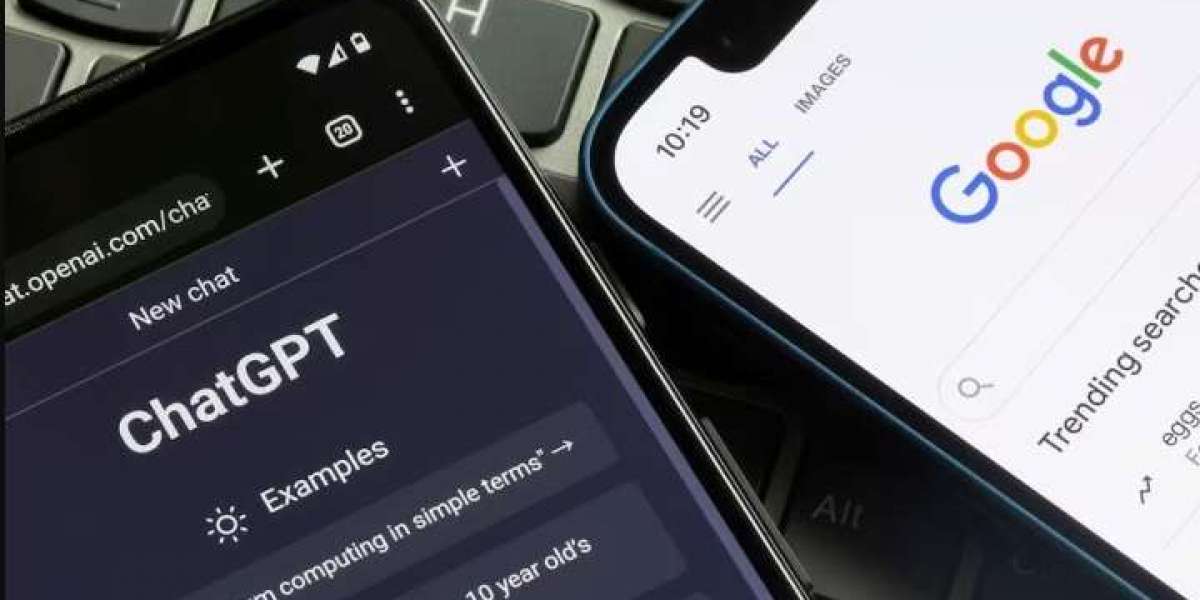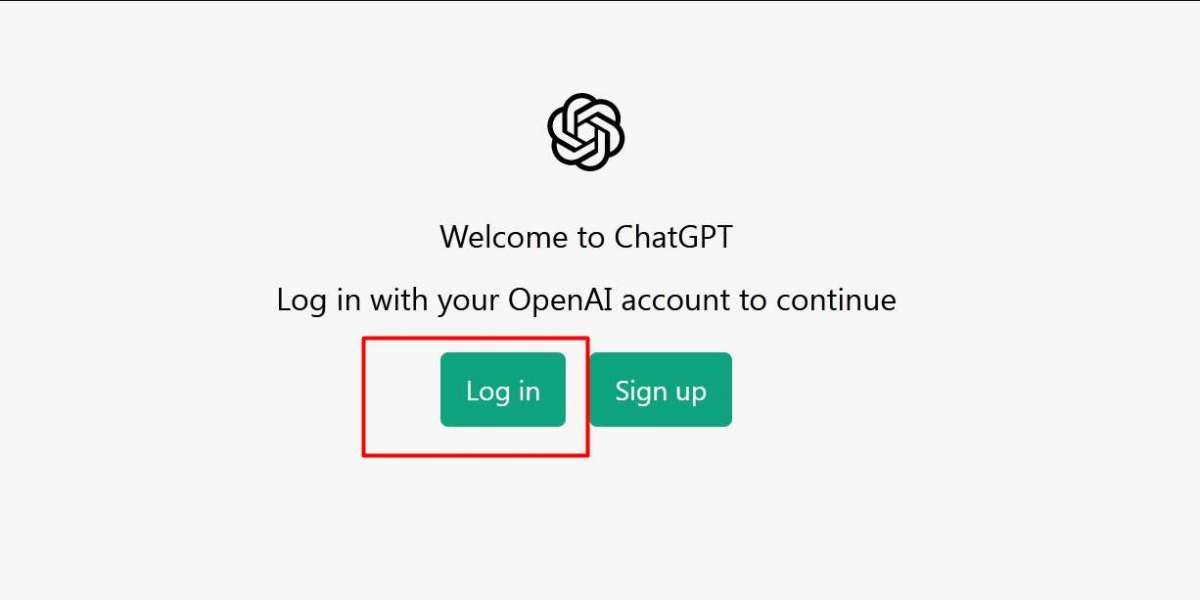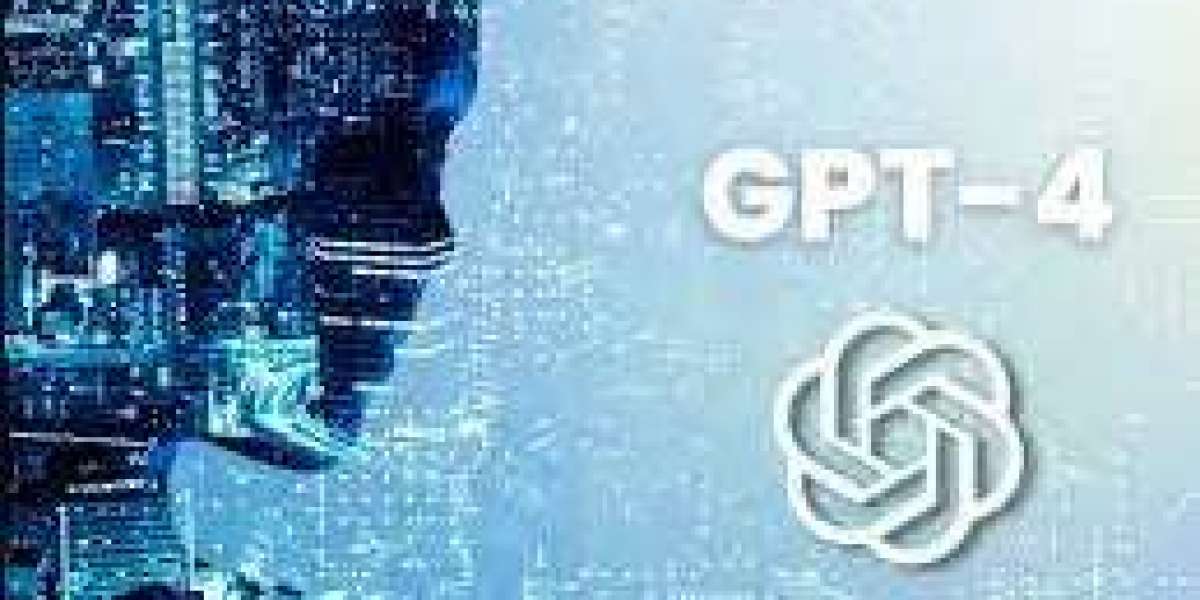Both offer responses in natural language to inputs in natural language, using machine learning and millions of data points to generate informative and useful responses. Most frequently. These AI tools are not yet perfect, but they point to a bright future of AI assistant search and learning tools that will make information more accessible.
Despite their similarity, these chatbots have a number of distinguishing characteristics. Below are the relative strengths and weaknesses of ChatGPT and Google Bard.
Existing access to Google Bard and ChatGPT?
ChatGPT was the first tool for experimenting with AI-generated text, and it continues to be the most popular option for those who desire to do so. First, it is readily available and free for everyone to try. ChatGPT's tremendous accessibility since its inception has contributed to its enormous popularity.
Google Bard, on the other hand, is presently being rolled out to users only in the United States and the United Kingdom. There is a waiting list, but there are several straightforward ways to move to the top of it. If you are a member of Google One, instantaneous access will be granted upon registration. The same holds true for members of the Pixel Superfans group. It is feasible that you will continue to wait in line as Google opens additional spaces.
ALSO READ:How to Use Chat GPT for Power BI: It’s Easy!
ChatGPT Plus, which costs $20 per month, is also obtainable and should be mentioned. It has numerous new features, including access to GPT-4, OpenAI's more robust LLM (large language model). You can also gain access to GPT-4 using Microsoft's implementation in Bing Chat.
Difference between Google Bard and ChatGPT

ChatGPT and Google Bard are extremely similar natural language AI chatbots, performing essentially identical duties. It will respond if you pose a question or provide some form of provocation.
However, the two services are intended to be utilized in slightly distinct methods. ChatGPT has been used to answer direct questions with mostly accurate direct answers, but it has caused much consternation among white-collar workers, such as writers, SEO consultants, and copy editors, because it has also demonstrated an impressive ability to write creatively, despite some problems with accuracy and plagiarism.
Nonetheless, Microsoft has integrated ChatGPT into its Bing search engine so that users can ask direct queries rather than searching for terms and keywords to obtain the most relevant results. It has also integrated it into Teams, Edge, and virtually every Microsoft Office application imaginable. Even Opera intends to incorporate ChatGPT in the future.
Clearly, ChatGPT as a chatbot is only one example of how it can be used, as more applications gain access to the service through its API and eventually augment the service with ChatGPT Plugins.
Google Bard, on the other hand, is a standalone application at the present time. It may be incorporated into Google Search in the future, but it currently exists independently and is not being integrated with other applications. It may be implemented in future versions of Chrome and Chromium-based browsers. Google will presumably open Google Bard to third-party developers in the near future.
Currently, the primary distinction between the two is what is occurring under the hood. ChatGPT employs its proprietary GPT-3.5 language model, whereas Google Bard employs its proprietary LaMDA language model. ChatGPT is based on slightly older data, with its current GPT3 model limited to data collected prior to 2022, whereas Google Bard is also based on data from recent years. However, this does not necessarily make it more accurate, as Google Bard has provided incorrect answers to queries since its debut.
In fact, Google CEO Sundar Pichai described Bard as "Civic on steroids" in comparison to ChatGPT. There are even claims that Bard was partially trained on ChatGPT's own responses, which Google denies.
Additional Google Bard and ChatGPT Differences
In addition to differences in data sources and language models, there are two additional notable differences between Bard and ChatGPT:
- Coding:ChatGPT is particularly adept at supplying coding recommendations. According to Google, Bard is "still learning" this skill and is unable to compete with ChatGPT at this time.
- Conversational learning:ChatGPT can learn from the conversations it has with individuals, whereas Bard has a much more limited capacity for conversational learning.
- Drafts:Bard will produce multiple responses to your queries, which you can view by selecting "view drafts." ChatGPT produces a single response per inquiry.
Principal Results for Google Bard vs. ChatGPT
Before we delve into how Bard AI and ChatGPT responded to our series of questions over the past few days, here are a few key points:
- ChatGPT's responses were less conversational than those of Bard.
- ChatGPT remained on-topic, whereas Bard was more likely to provide relevant supplementary material.
- On one query, Bard provided us with up-to-date information, while ChatGPT struggled.
- ChatGPT generated more intelligent responses to tasks like poem writing and content creation.
- ChatGPT's responses were frequently presented in a less legible format than Bard's.
- While ChatGPT excelled at paraphrasing and summarizing, Bard excelled at simplification.
Remember that Bard and ChatGPT are being developed in real time and generate individualized responses to requests.
ALSO READ:What is The ChatGPT API: An Essential Guide
Google Bard versus ChatGPT: Features
Each tool is essentially comprised of an empty search field. Both enable you to access previous conversations and modify them to generate new responses.
There are, however, a few subtle distinctions between the feature sets. Google Bard enables you to give voice commands through your device's microphone, allowing for hands-free operation. It also features a "Google it" icon that provides in-line links to external resources for further research. Another distinctive characteristic of Bard is "drafts." Each time you input a prompt and commence a conversation with Bard, the system will generate multiple drafts or variations of responses. It is a convenient method for narrowing down your options to precisely what you seek. I also value the manner in which Bard presents previous prompts. When you select "Bard activity," you will be presented with a list of all of your prompts, for which you can view details or delete the history. You can disable Bard's ability to record your activity.
In contrast, ChatGPT organizes and displays conversation prompts in a sidebar. This is a pragmatic strategy that encourages you to engage in prolonged conversations with ChatGPT regarding specific topics. You can rename or delete these dialogues, but it is inconvenient that you must scroll back to view responses to specific questions. In addition to a dark mode and the ability to delete all conversations, ChatGPT provides a dark mode, which is a welcome feature.
Offerings for purchase
People frequently use Google to obtain purchase recommendations, whether for a new washing machine or the finest phones on the market at the moment. Since there is a plethora of information about the latest and greatest products available online, generative AI models should have no trouble making their own recommendations. We consulted ChatGPT and Bard to determine which new phone you should purchase.
Here, you encounter a limitation imposed by ChatGPT's current configuration. The OpenAI model only has access to data from before 2021, so Google Bard automatically wins this round because it provides a catalog of products that are currently available for purchase. ChatGPT and Google Bard both make it obvious that it is nearly impossible to provide you with a list without additional information. This will depend on your preferences regarding software platform, your budget, and the features you value most.
Excel calculations
Microsoft Excel and Google Sheets are extremely potent software applications. However, most of us utilize only a small fraction of the available features, especially when it comes to advanced formulas. This is where AIs that understand natural language can be useful, advising you on which formulas to use in a given spreadsheet to accomplish your desired outcome.
Clearly, ChatGPT is the winner in this comparison. The OpenAI model provides you with the exact formula you require to solve your problem, as well as instructions on how to use it and modify it to meet your precise requirements. In order to ensure that you understand how to use it, it also provides an illustration.
Google Bard states that it is currently unable to assist with coding, which is technically accurate; however, we are unsure if using spreadsheet formulas is considered coding. In contrast to the answer provided by ChatGPT in the preceding section, Google does not provide any helpful clues to point you in the right direction, which is disappointing. Additionally, we attempted to convince Bard to develop a formula with slightly different wording, but to no avail.
Itineraries for vacationing
It can be tedious and difficult to locate a good starting point when organizing a trip. Thus, we pitted ChatGPT and Bard against one another for a two-day weekend excursion to New York City.
Bard and ChatGPT are tied with respect to New York City. Bard's itinerary is less well-balanced than ChatGPT's, with two museum excursions crammed into a single day, which may be too ambitious. Bard also confounds the Statue of Liberty, Liberty Island, and Ellis Island, implying that you must return to Battery Park from Liberty Island to reach Ellis Island, which is incorrect. In contrast to ChatGPT, Bard provides some helpful travel advice in addition to the task of creating an itinerary. However, ChatGPT's itinerary is more balanced, attempting not to overload your days with activities, and it also takes into consideration the fact that you will need to stop for food, recommending good areas to grab lunch and dinner.
However, when we attempted the same exercise with a different city, Malmo, in Sweden, Google Bard failed to meet our expectations. The tool assumed that we were traveling by air and would arrive in the morning, so it added a half-day for travel to the city. When we instructed the AI to replicate the task without the airport and hotel check-in on the first day, it began its itinerary on the second day and had us arrive in the morning by train rather than by plane. When we attempted the same conversational structure with ChatGPT, it understood that we simply wanted to omit a portion of our journey, and it substituted a different piece of information in its place. Consequently, ChatGPT wins this match.
ALSO READ:SweSolution Review – Is Swe Solution Scam or Legit?
Which is better?
As previously mentioned, ChatGPT provides both free and paid tiers. You may be required to wait in line during peak hours due to its popularity. Accessing ChatGPT during the middle of the day has become less problematic recently, as OpenAI has gotten better at managing traffic flow. Despite occasional flaws, it continues to be the most effective and accessible AI chatbot.
ChatGPT is preferable to Google Bard and should be used in preference to Google Bard.




Angela Anayo Nzeh 4 w
Wonderful